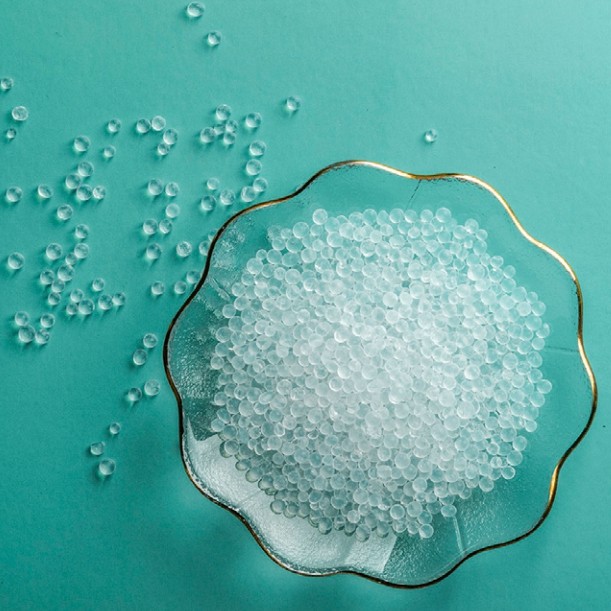Silica gel is one of the most important adsorbents for gas dehydration and purification. You will know more details in my blog.
1, What is silica gel?
Silica gel (molecular formula SiO2-nH2O) is a general term for a three-dimensional condensed porous body of silica microparticles, generally a colorless transparent or translucent glassy rigid substance.
The basic structure of silica gel is composed of a number of silica polymer particles in the form of chains and nets. Its microporous pore size is in the range of 2 to 20 nm.
2, how silica gel works?
There is about 5% (mass fraction) of hydroxyl group retained on the surface of silica gel, which is its adsorption activity center, and due to its existence, silica gel has polarity; meanwhile, the hydroxyl group will be removed from the surface of silica gel when the temperature is above 200℃, so the regeneration temperature of silica gel cannot exceed 200℃.
This polarity is also reflected in its adsorption properties, for example,
- polar compounds (such as water, alcohols, ethers, ketones, phenols, amines, pyridines, etc.) can generate hydrogen bonds with the hydroxyl group. the adsorption force is strong and increases with polarity;
- molecules with high polarization rates (such as aromatic hydrocarbons, unsaturated hydrocarbons, etc.) have the next strongest adsorption force,
- the adsorption force on saturated hydrocarbons, cycloalkanes, etc. is the weakest.

3, what is the application of silica gel?
Silica gel is porous SiO2, synthetic silica gel is made from aqueous sodium silicate. Adsorbents used for gas separation are synthetic porous silica gel, because synthetic porous SiO2, less impurities, stable quality, good heat and wear resistance, and can control the shape, particle size and surface structure as needed to highlight the adsorption characteristics of silica gel.
Silica gel is the most widely used desiccant, mainly used for
- drying industrial gases and air,
- lowering the dew point of natural gas,
- removing or recovering carbon dioxide from mixed gas,
- separating alkane and olefin, alkane and aromatic hydrocarbon.
Silica gel can be divided into
- type A silica gel (fine pore silica gel),
- type B silica gel (medium pore silica gel)
- type C silica gel (Macro pore silica gel)
In the adsorption and separation industry, fine pore silica gel is the most widely used, and its specific surface area can reach 650-800m2/g.
